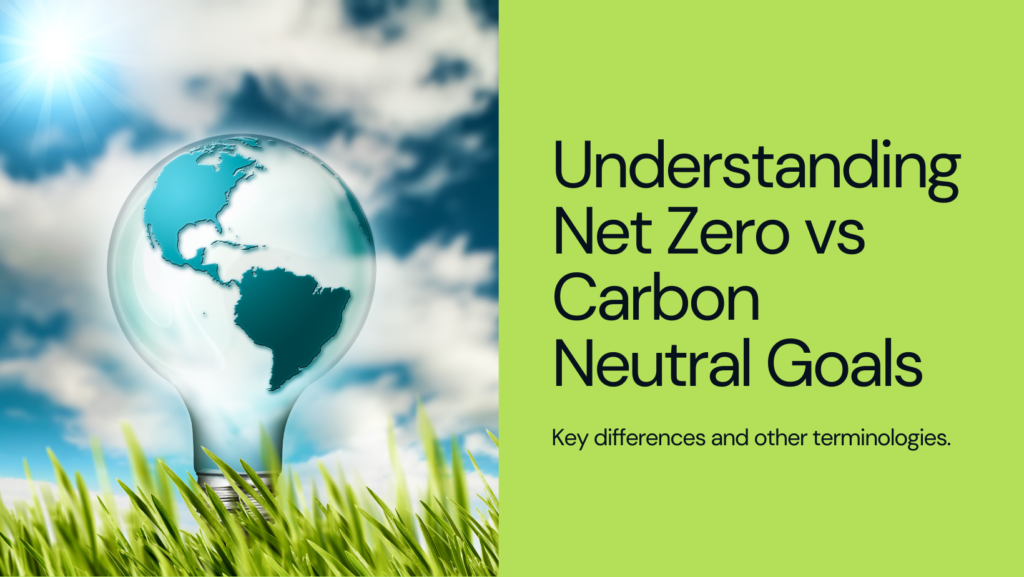India has taken a significant step toward organizing its sustainable finance landscape with the release of a draft Climate Finance Taxonomy by the Ministry of Finance. This framework aims to direct capital flows toward climate-friendly technologies and activities, aligning with India’s ambitious climate commitments including net-zero emissions by 2070.
𝗞𝗲𝘆 𝗛𝗶𝗴𝗵𝗹𝗶𝗴𝗵𝘁𝘀 𝗼𝗳 𝘁𝗵𝗲 𝗗𝗿𝗮𝗳𝘁 𝗙𝗿𝗮𝗺𝗲𝘄𝗼𝗿𝗸
The newly released draft taxonomy establishes a standardized classification system that identifies economic activities contributing to India’s climate objectives while preventing greenwashing. The document outlines a comprehensive approach to sustainable finance in the Indian context.
𝗢𝗯𝗷𝗲𝗰𝘁𝗶𝘃𝗲𝘀 𝗮𝗻𝗱 𝗔𝗽𝗽𝗿𝗼𝗮𝗰𝗵
The Climate Finance Taxonomy is designed with three primary objectives:
- 𝗠𝗶𝘁𝗶𝗴𝗮𝘁𝗶𝗼𝗻: Supporting improvements in energy efficiency, reduction in emission intensity, and expansion of non-fossil fuel energy sources
- 𝗔𝗱𝗮𝗽𝘁𝗮𝘁𝗶𝗼𝗻: Enhancing resilience through sustainable water management, ecosystem protection, and geography-specific adaptation measures
- 𝗧𝗿𝗮𝗻𝘀𝗶𝘁𝗶𝗼𝗻 𝗦𝘂𝗽𝗽𝗼𝗿𝘁: Facilitating low-carbon pathways for hard-to-abate sectors through innovation and R&D
The framework adopts a hybrid methodology, beginning with qualitative aspects and progressively incorporating quantitative metrics. This iterative approach ensures flexibility and responsiveness to evolving technologies and policy dynamics.
𝗦𝘁𝗿𝗮𝘁𝗲𝗴𝗶𝗰 𝗦𝗲𝗰𝘁𝗼𝗿𝗮𝗹 𝗙𝗼𝗰𝘂𝘀
The taxonomy strategically targets key sectors where climate impact can be maximized:
- 𝗣𝗼𝘄𝗲𝗿 𝗦𝗲𝗰𝘁𝗼𝗿: Emphasizing renewable energy expansion and grid modernization
- 𝗠𝗼𝗯𝗶𝗹𝗶𝘁𝘆: Supporting transition to electric vehicles and sustainable transportation
- 𝗕𝘂𝗶𝗹𝗱𝗶𝗻𝗴𝘀: Promoting energy efficiency and sustainable construction
- 𝗔𝗴𝗿𝗶𝗰𝘂𝗹𝘁𝘂𝗿𝗲, 𝗙𝗼𝗼𝗱 & 𝗪𝗮𝘁𝗲𝗿 𝗦𝗲𝗰𝘂𝗿𝗶𝘁𝘆: Enhancing resilience and sustainable practices
- 𝗛𝗮𝗿𝗱-𝘁𝗼-𝗮𝗯𝗮𝘁𝗲 𝗦𝗲𝗰𝘁𝗼𝗿𝘀: Creating pathways for industries like steel, cement, and chemicals
𝗚𝘂𝗶𝗱𝗶𝗻𝗴 𝗣𝗿𝗶𝗻𝗰𝗶𝗽𝗹𝗲𝘀
Eight core principles form the foundation of India’s Climate Finance Taxonomy:
- Consistency with stated climate action positions and development priorities
- “Do no significant harm” to other climate objectives
- Focus on realistic pathways in the country context
- Interoperability with international frameworks while maintaining flexibility
- Support for transition activities in critical sectors
- Promotion of indigenous technologies
- Science-based and transparent methodologies
- Inclusivity for MSMEs with simplified requirements
𝗘𝘅𝗽𝗲𝗰𝘁𝗲𝗱 𝗜𝗺𝗽𝗮𝗰𝘁 𝗼𝗻 𝗖𝗹𝗶𝗺𝗮𝘁𝗲 𝗙𝗶𝗻𝗮𝗻𝗰𝗲
This taxonomy addresses a critical gap in India’s sustainable finance architecture. With estimates suggesting India requires USD 2.5 trillion by 2030 to meet its NDC targets and approximately USD 250 billion annually for energy transition until 2047, the framework provides the necessary clarity to mobilize this massive capital.
The taxonomy will:
- Create a common language for investors, financial institutions, and policymakers
- Reduce the risk of greenwashing by establishing clear classification criteria
- Facilitate international investment by aligning with global frameworks
- Channel capital toward priority sectors with maximum climate impact
- Support the transition of hard-to-abate industries through realistic pathways
𝗣𝘂𝗯𝗹𝗶𝗰 𝗖𝗼𝗻𝘀𝘂𝗹𝘁𝗮𝘁𝗶𝗼𝗻
The Ministry of Finance is seeking stakeholder feedback on the draft framework until ̲𝙹̲𝚞̲𝚗̲𝚎̲ ̲𝟸̲𝟻̲,̲ ̲𝟸̲𝟶̲𝟸̲𝟻̲. This inclusive approach ensures the final taxonomy reflects diverse perspectives and practical realities.
At One Circle, we remain committed to keeping our community informed about crucial policy developments affecting sustainable finance globally. We encourage you to review the draft framework and contribute to this important initiative shaping India’s climate finance landscape.
#OneCircle #ClimateFinance #SustainableInvesting #NetZero #IndiaClimateAction #GreenTaxonomy #ESG #OneCircleNews
[References: https://static.pib.gov.in/WriteReadData/specificdocs/documents/2025/may/doc202557551101.pdf ]



